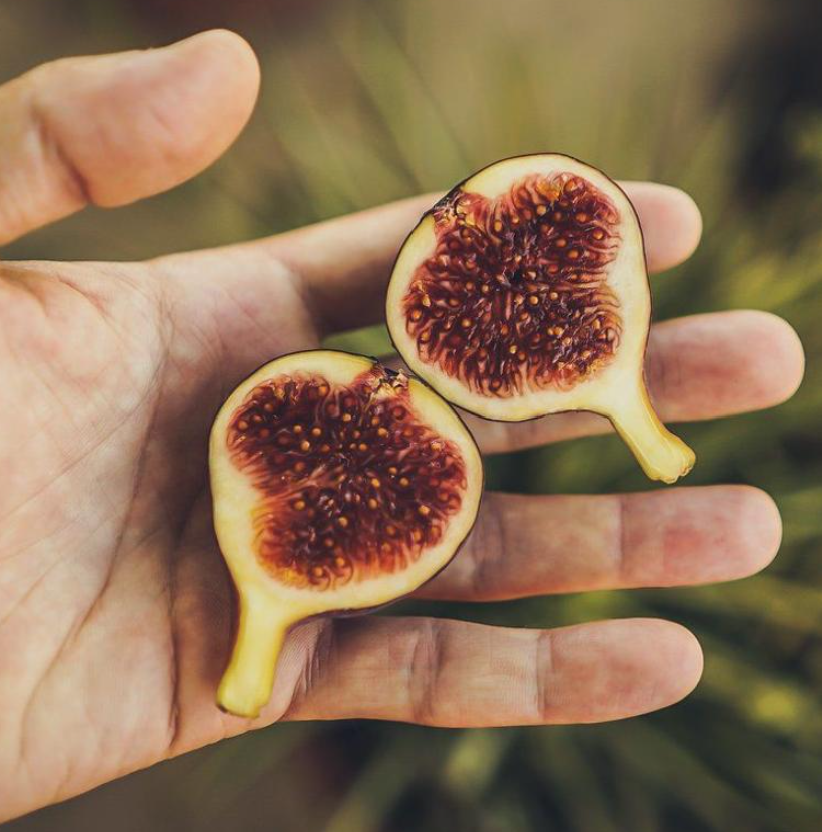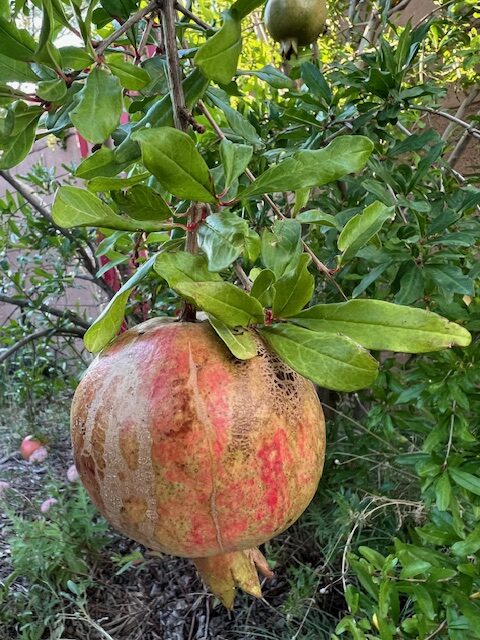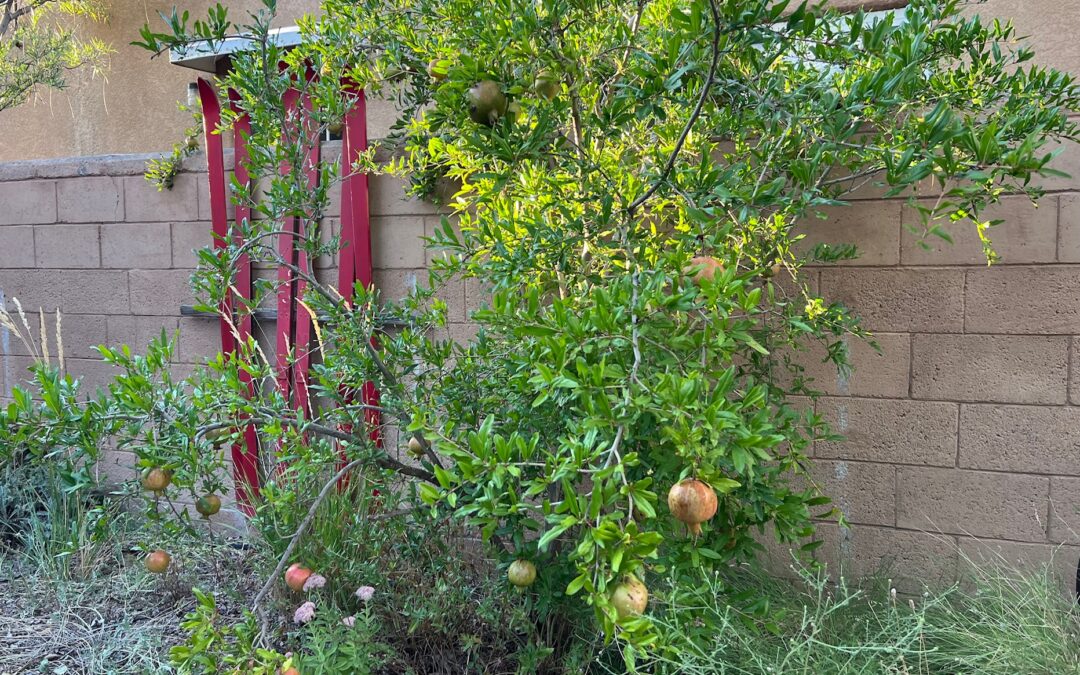As one might guess, the subtropics are a great place to grow fruit trees and a particularly good place to find plants that are heat and drought tolerant — sort of a prerequisite for plant selection in a hot, dry place like New Mexico, or at least it should be!
The term subtropical refers to a climatic region, defined by latitude, that lies between the tropical and temperate zones. This region experiences warm to hot summers and mild winters with overall annual temperature variation more significant than in tropical regions but less extreme than in temperate zones. There is also plenty of rainfall variation across the subtropics, with climates ranging from arid to humid. Subtropical regions often experience seasonal rainfall patterns such as monsoons or wet and dry seasons.
The problem with growing heat and drought tolerant subtropical plants in our high desert is that we have anything but mild winters. Much like another inhabitant of the subtropical/mediterranean climate of Greece, the hero Achilles known for his one weakness, these plants have a very specific vulnerability — cold.
I love to grow plants, fruit in particular. But as irrigation access has become harder to come by and the summer heat seems to last longer than it used to, I have become more and more attracted to plants that thrive in the hot and dry. Navigating the puzzle of a changing climate while planting trees and shrubs is challenging. Long-lived perennials need to be appropriate for today’s climate as well as the climate 20 years from now and even the climate 250 years from now if you are a real optimist.
It’s tempting to just plant a zone or more higher than the current USDA Plant Hardiness Zone Map (which has itself been updated to reflect higher temperatures twice since 2012), but our weakening jet stream means more chance of Arctic air slipping in and spoiling the fun as we experienced to the extreme in the winter of 2011. The way things are headed has, in many cases, led us to exchange one set of growing problems — namely, heat and drought stress — with another — cold damage.
Two fruiting shrubs from the subtropics, pomegranates and figs, have proven to have the right combination of fruiting characteristics and cold tolerance to work in our moving-target-Goldilocks-growing-zone of Central New Mexico.
The fig is extremely adaptable. I imagine this has something to do with why they have evolved and been grown by humans for thousands of years. They perform well in Albuquerque, particularly because of all the heat that gets banked into concrete, asphalt and structures during the day. This heat radiates back out at night, keeping figs at much warmer temperatures than they would otherwise experience during winter in a more exposed area. Figs are tolerant of abuse and relatively content with our intense sunlight, extended droughts and alkaline soils. They can take temperatures down to the low teens, but need to be protected, buried or even brought inside if temperatures fall below that.

There are plenty of examples around town of figs without protection that rarely, if ever, freeze to the ground. Even so, freezing to the ground does not mean death for a fig — a winter-killed fig of an early ripening variety can easily end up fruiting by the end of the summer. That’s because figs often come up from the roots and fruit their main crop on the current season’s growth. Given an early enough ripening variety, that once-frozen fig can still yield fruit in the same year!
Pomegranates, I have found to be a bit more cold-hardy than figs — although they, too, benefit from a protected, south-facing location to improve winter survival. Optimal conditions for the wild pomegranate exist in high sunlight, hot climates with minimum temperatures not lower than 10 degrees. Although, with the protective care of a thoughtful gardener, lower temperatures are negotiable. There is also significant variation in cold-hardiness among pomegranate varieties, with dwarf varieties experiencing damage at 19 degrees, many soft-seeded varieties at 10-12 degrees and hard-seeded varieties at 0-3 degrees.

For both pomegranates and figs, young plants are more frost sensitive to cold than mature plants. So if you have trouble the first year or two with losing branches to cold, remember that these plants get more frost resistant with time. These are both wonderful subtropical fruiting shrubs that are worth the extra trouble during our high desert winter to experience their summertime beauty and bounty.
Learn more about specific types of gardening here:
Food Forests a Prehistoric Agroecosystem for your Backyard
A Valuable Bosque Understory Shrub Clove Currants for the Birds, Bees and ButterflesFruit Trees for the Homeowner



